
The DNS server is a master of the DNS zone nestor.cs.columbia.edu. The Web server is assigned to the DNS server's domain and is available under the name www.nestor.cs.columbia.edu. In addition to these two Internet services, the two hosts are running a NESTOR adapter which instrument their host and service configuration to a NESTOR repository running on the DNS host.
The two hosts are connected to a switched network that is connected to the Internet through an departmental access router. The host connectivity and services are shown in the diagram below:

The demonstration involves reconfiguration of the web server's IP address through the repository, and automatic propagation of that change to the DNS database, through a NESTOR propagation rule.
This software and documentation PROVIDED FOR USE IN A DARPA DEMONSTRATION PROJECT ONLY contain valuable trade secrets and proprietary information belonging to Columbia University. Decompiling, disassembling or reverse engineering (to the extent prohibited by applicable law) are explicitly prohibited. Except as required for use in the DARPA demonstration project, none of the foregoing material may be copied, duplicated or disclosed without the express written permission of Columbia University. COLUMBIA UNIVERSITY EXPRESSLY DISCLAIMS ANY AND ALL WARRANTIES CONCERNING THIS SOFTWARE AND DOCUMENTATION, INCLUDING ANY WARRANTIES OF NON-INFRINGEMENT OF INTELLECTUAL PROPERTY RIGHTS OF A THIRD PARTY, MERCHANTABILITY AND/OR FITNESS FOR ANY PARTICULAR PURPOSE, AND WARRANTIES OF PERFORMANCE, AND ANY WARRANTY THAT MIGHT OTHERWISE ARISE FROM COURSE OF DEALING OR USAGE OF TRADE. NO WARRANTY IS EITHER EXPRESS OR IMPLIED WITH RESPECT TO THE USE OF THE SOFTWARE OR DOCUMENTATION. Under no circumstances shall Columbia University be liable for incidental, special, indirect, direct or consequential damages or loss of profits, interruption of business, or related expenses which may arise from use of software or documentation, including but not limited to those resulting from defects in software and/or documentation, or loss or inaccuracy of data of any kind.
| Host | Address | Services |
|---|---|---|
| dns | 128.59.22.223 | DNS (bind), NESTOR repository NESTOR adapter |
| www | 128.59.22.45 | HTTP (apache), NESTOR adapter |
The initial DNS configuration is shown in the table below:
| Resource Record Name | Type | Value |
|---|---|---|
| www.nestor.cs.columbia.edu | A | 128.59.22.45 |
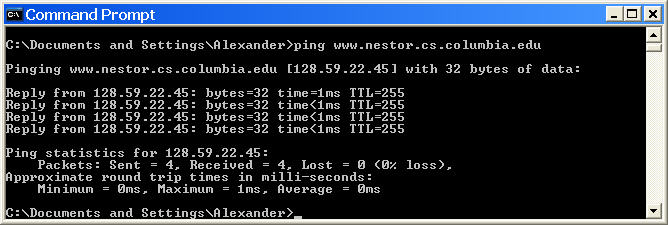
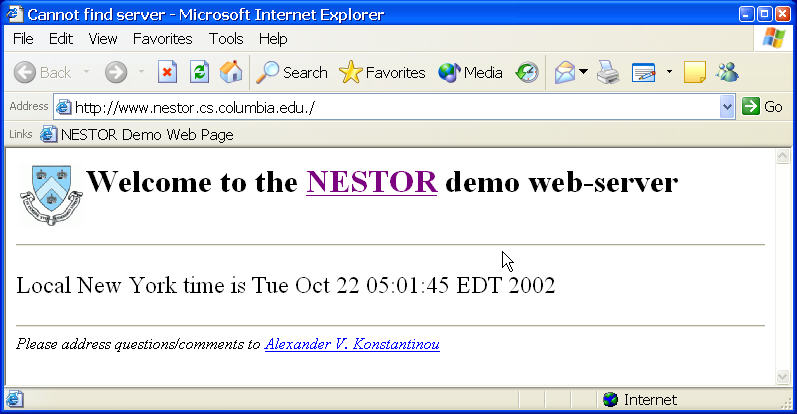
If you get an option to save the link as a file, then your Java WebStart installation was not successful.
The Java WebStart client will download the Java bytecode and cache it (so subsequent startup will be much faster). The initial download is about 7MB. If the demo installation is updated, you may notice that the browser reloading the updated version of the Java archive files.
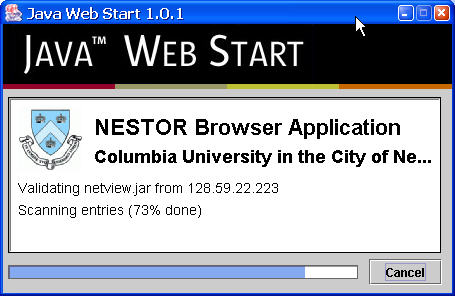
During the first execution, you will be warned about code using an unverified signature requesting full permissions. To continue with the demo you'll have to click on Start.
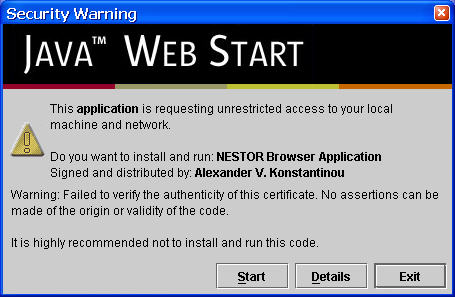

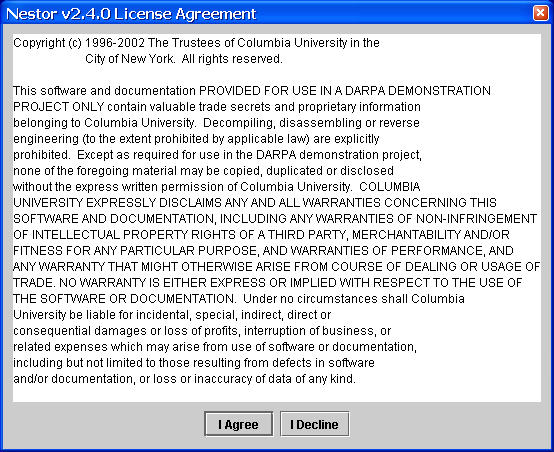
Note:If you are behind a firewall and/or a NAT box, there may be a noticable delay (20 seconds) until the client gives up on receiving direct notifications and requests a port forwarding service from the repository. This will happen if the firewall does not send ICMP port unreachable messages.
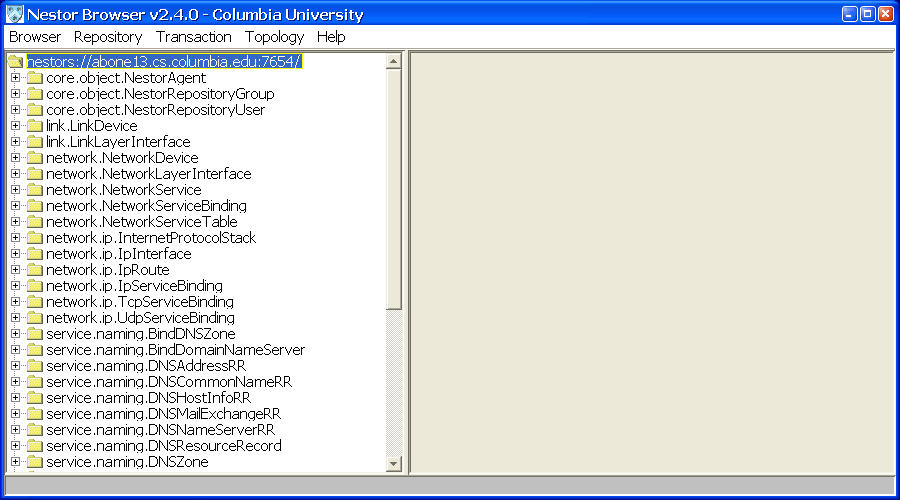

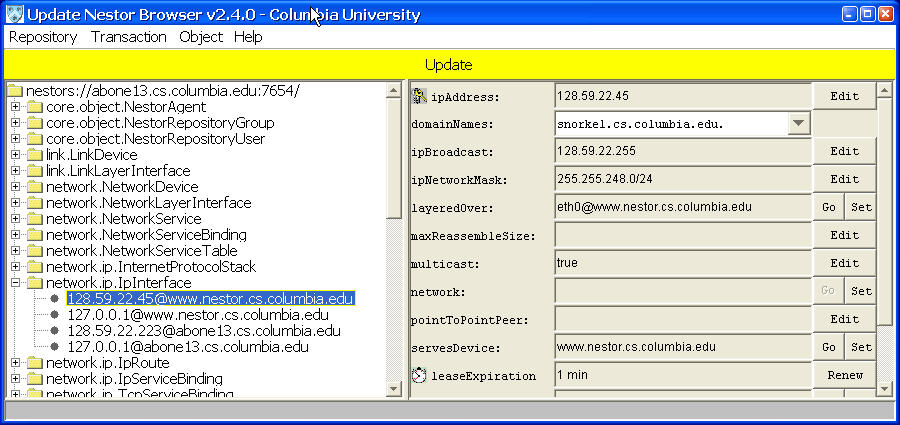
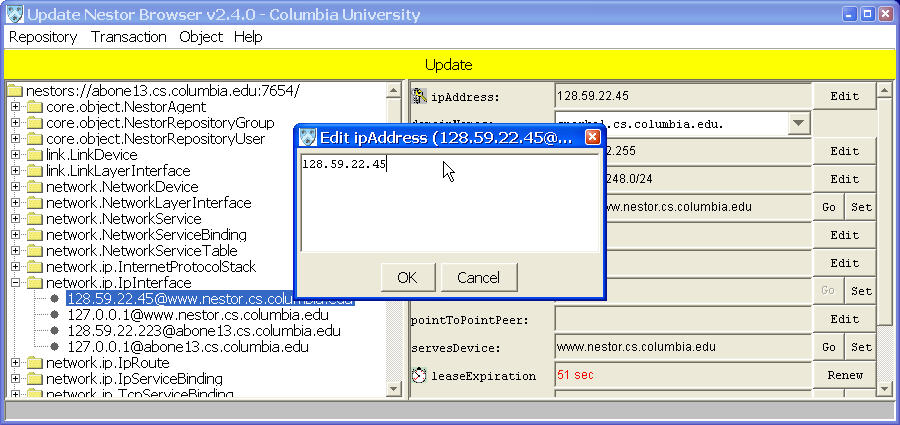

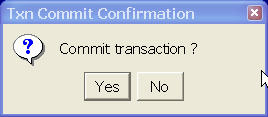
If the transaction does not violate any constraints, it will be committed to the repository and the browser will indicate that the changes were committed. Before releasing the locks, the repository will propagate the change to the underlying NESTOR adapters (agents) that will perform the actual configuration change (IP address change in this case) on the host configuration.
Note that the change demonstrated will also break the connection between the NESTOR adapter and the repository. The adapter will re-establish connection.
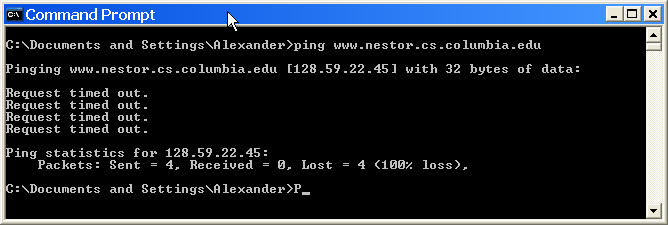
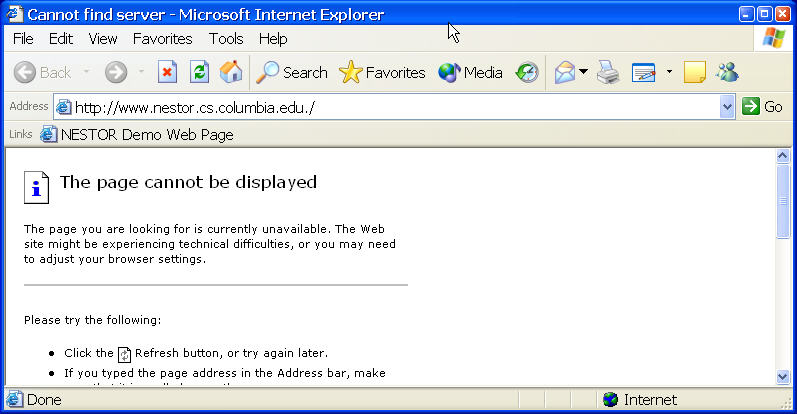


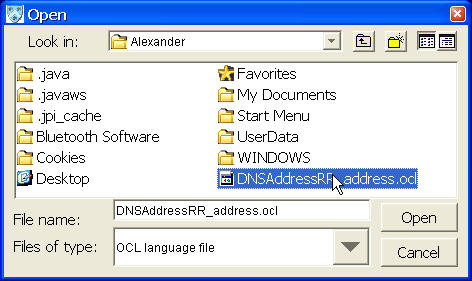
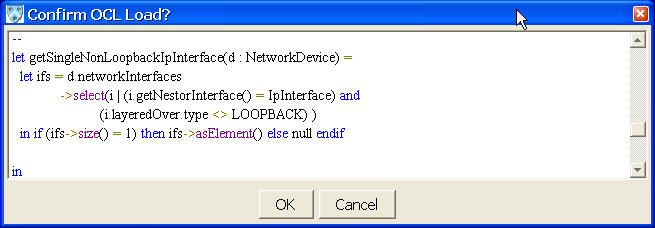
Note that the log includes the operation for creating the constraint object, assigning the OCL expression loaded, and then the last operation has a checkmark, indicating it is a result of a propagation rule execution, which changes the DNS address record.
You can click on the monitor Object column values to navigate to the effected object in the main browser. Also, when the attribute a relation, you can also click on the Value column to navigate to the target of the relation.

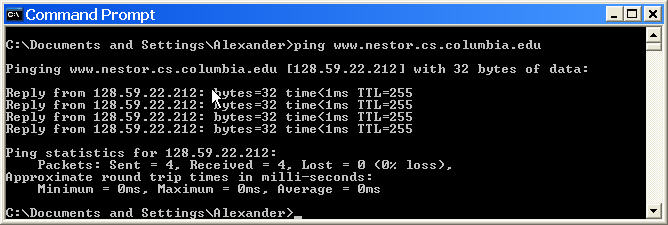
Unfortunately, most DNS resolvers do not expose TTL expiration time for DNS RRs, and therefore browsers make a guess as to the caching time (somewhere between 20 minutes to an hour). CISCO makes a lot of money selling expensive port redirectors because of this limitation in browsers. By restarting, you're essentially clearing the application-level DNS cache (the resolver knows the TTL has expired and will make a new request).
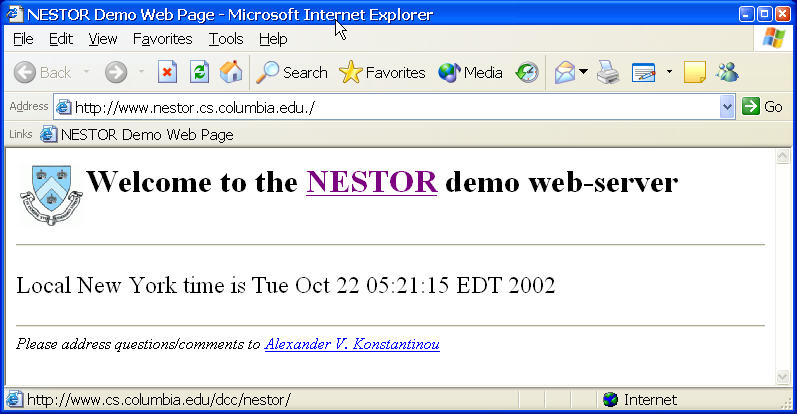

After requesting Commit you should see a window reporting a constraint violation error which resulted in a transaction abort.

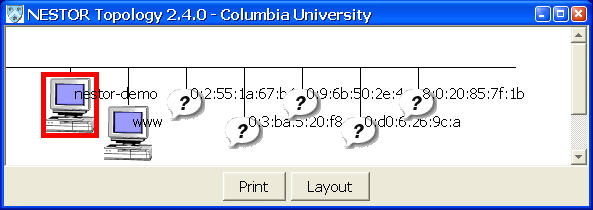
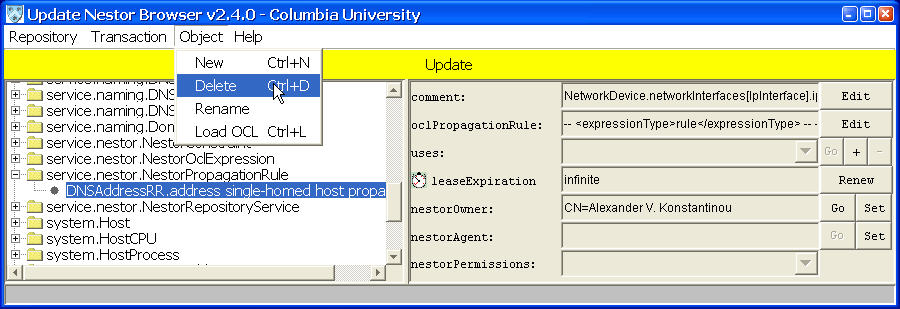
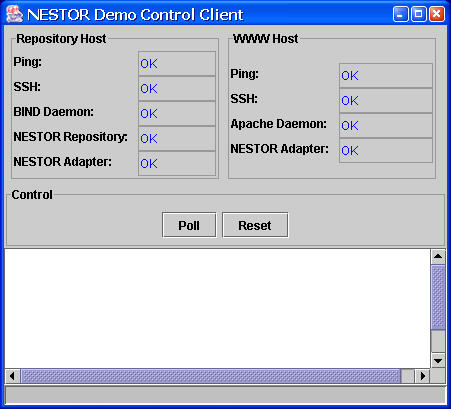
A shorter version of this page, with just the WebStart launch links is also available.